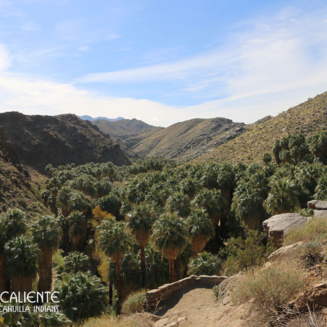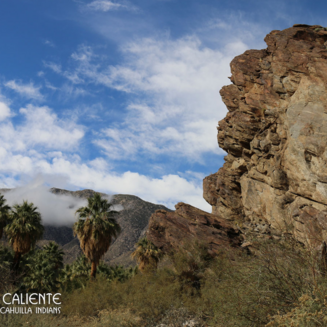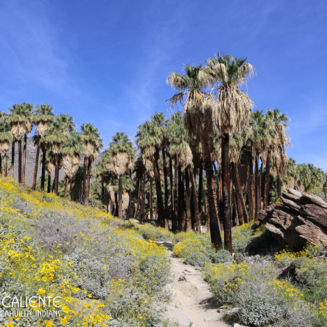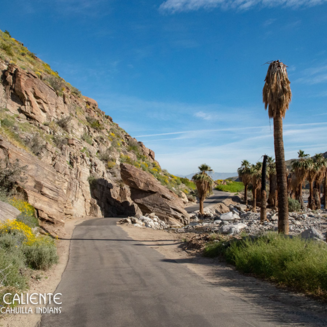The Indian Canyons, located in Palm Springs, California, are owned and managed by the Agua Caliente Band of Cahuilla Indians and encompass Palm Canyon, Andreas Canyon, and Murray Canyon—each part of the tribe’s reservation lands and cherished as both a cultural heritage site and a popular outdoor recreation destination. These canyons are sacred ground, where the Cahuilla people have lived for centuries, engineering intricate irrigation systems and leaving behind petroglyphs and ancient rock mortars that still line the trails. A visit here is as much a spiritual journey as it is an outdoor adventure, with interpretive signs and guided hikes illuminating the tribe’s deep-rooted connection to the desert landscape.
The Indian Canyons, Palm Canyon, Murray Canyon and Andreas Canyons are open to hiking, horseback riding and guided tours. Palm Canyon is 15 miles long, and its trail follows a stream shaded by California fan palms. It features more than 3,000 of the desert’s only native palm trees, Washingtonia filfera, which makes it the largest natural oases of these palm trees in the world. Trails offer scenic backdrops of the canyon below, mesmerizing ancient rock formations, natural springs and desert wildlife.
Andreas Canyon is an oasis of palms through which Andreas Creek flows and contains bedrock mortars used by early Cahuilla to grind food. It provides one of the most popular hiking trails in the Indian Canyons. This 1.2-mile trail follows the perennial Andreas Creek for 0.5 miles before returning to the upper stream terrace. Hikers are greeted with spectacular rock formations and more than 150 species of plants. Murray Canyon is a favorite for viewing Peninsular Bighorn sheep, the endangered Least Bell’s Vireo bird and other wildlife. Hikers will cross the creek more than 15 times and weave through groves of Washingtonia filifera before reaching the spectacular Seven Sisters waterfall.






